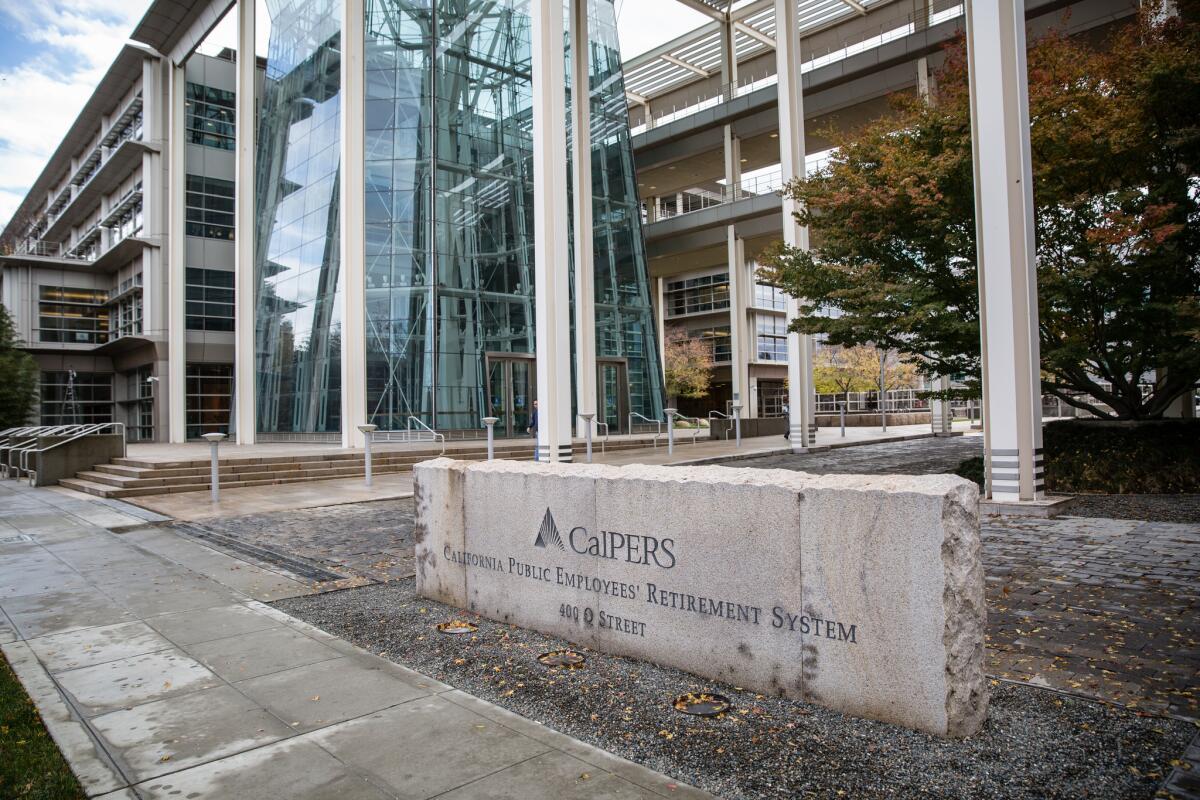CalPERS to halve its Wall Street investment managers

The
- Share via
The California Public Employees’ Retirement System plans to cut in half the number of Wall Street firms it pays to manage its $303 billion fund, an effort to cut down on high fees that drag down returns.
The plan, outlined by internal staff in a presentation to CalPERS’ investment committee, would reduce the number of external managers and outside consultants from 212 now to 100 over the next five years.
The plan is the second major effort by CalPERS’ chief investment officer, Ted Eliopoulos, to cut investment expenses.
Eliopoulos, who was appointed last September, quickly made waves on Wall Street by ending the fund’s $4-billion program to invest in hedge funds, slashing about $135 million in fees. CalPERS said its hedge fund investments were too small to justify their cost and complexity.
The latest effort is far more ambitious and would include private equity and private real estate, which together make up about 20% of CalPERS’ portfolio but represent the bulk of outside fees.
CalPERS pays about 0.5% to 0.6% of the total fund in so-called asset management fees to external managers, according to CalPERS’ documents. While that sounds like a small amount, it adds up to about $1.5 billion a year and is on top of other costs that CalPERS pays to Wall Street and to its own in-house investment staff.
By comparison, CalPERS this year projects it will have to set aside $8.5 billion of its investment gains to meet benefit payments to state and local retirees. Money diverted from investments — whether for Wall Street fees or for benefit payments — lowers the total amount available for the investment pool, further straining a system that was only 77% funded as of June 30, 2014.
Joe DeAnda, a CalPERS spokesman, said the plan doesn’t contain specific targets for cutting either the total or the percentage of fees the system pays.
He said that lowering costs is an important objective, as well as spurring better returns. As Wall Street firms find themselves competing for a smaller number of jobs, he said, they should offer more generous terms.
Twitter: @deanstarkman
More to Read
Inside the business of entertainment
The Wide Shot brings you news, analysis and insights on everything from streaming wars to production — and what it all means for the future.
You may occasionally receive promotional content from the Los Angeles Times.











